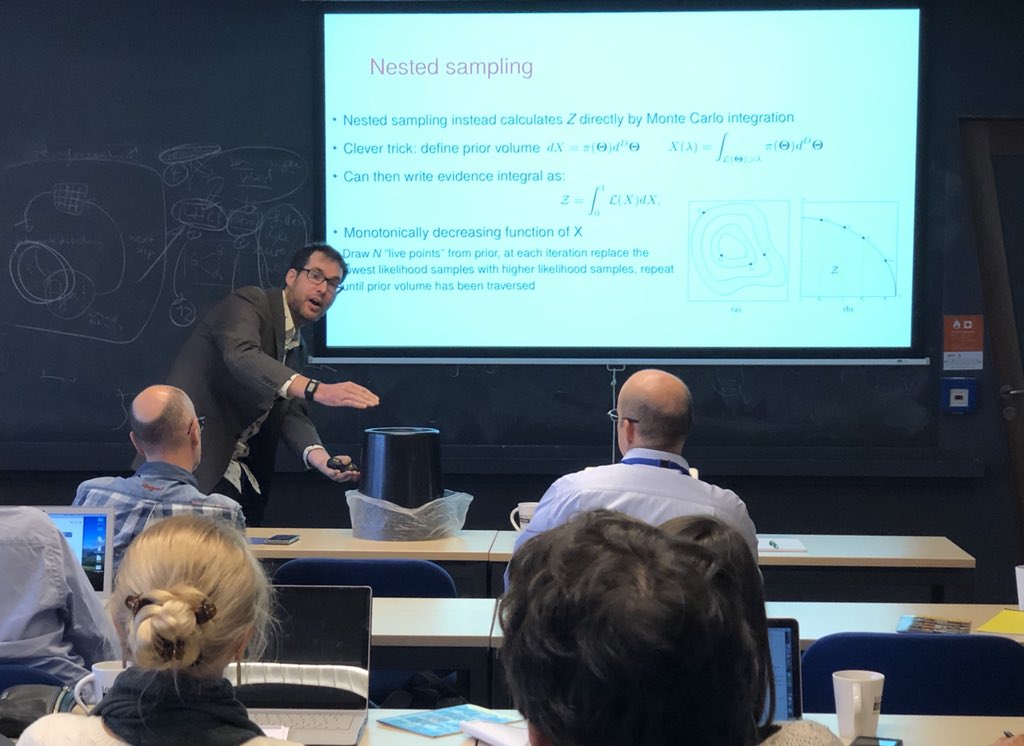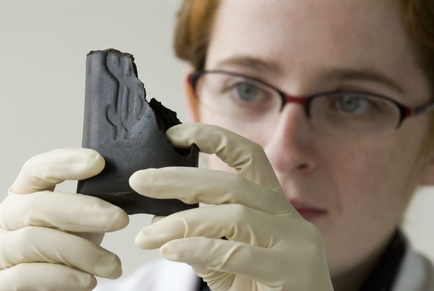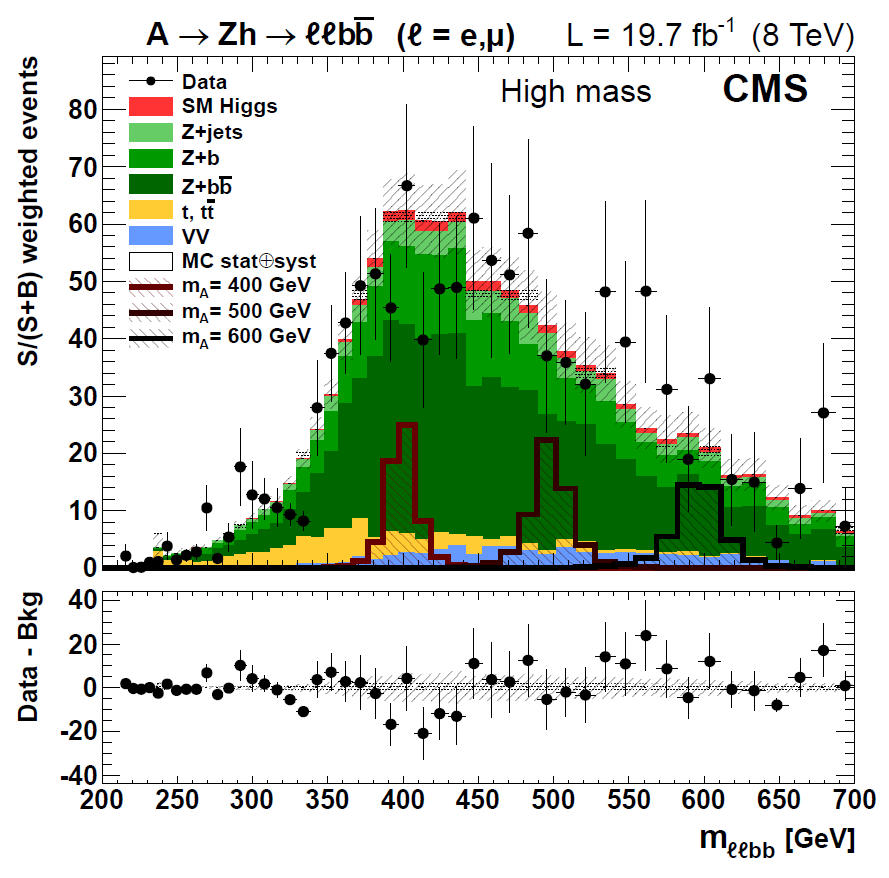I am currently spending the week in Leiden (Netherlands), attending to a
very interesting workshop that brought together computer scientists, astronomers, astrophysicists, and particle physicists to discuss how to apply the most cutting-edge tools in machine learning to improve our chances of discovering dark matter, the unknown non-luminous substance that vastly overweights luminous matter in the Universe.
Peer review is the backbone of high quality scientific publications. Although the idea that only articles that are approved by a set of anonymous nitpickers can ever see the light of publication on "serious" journals is old and perfectible, there is currently no valid alternative to identify verified, rigorous scientific work, and to filter out unsubstantiated claims, and methodologically unsound results - the scientific analogue of "fake news".
The title of this post is the password code required to connect to my wireless network at home. The service, provided by the Italian internet provider Fastweb, has been discontinued as I moved to Padova from Venice, so you can't really do much with the code itself. On the other hand, it should give you hints on a couple of things.
I was born and have lived in Venice for over 51 years now (omitting to mention some 2 years of interruption when I worked for Harvard University, 18 years ago), but this has come to an end on December 31st, when I concluded a rather complex move to Padova, 35 kilometers west.
Venice is a wonderful city and quite a special place, if you ask me. A city with a millenary history, crammed with magnificent palaces and churches. A place where one could write a book about every stone. Walking through the maze of narrow streets or making one's way through a tight network of canals is an unforgettable experience, but living there for decades is something else - it makes you a part of it. I feel I own the place, in some way. So why did I leave it?
Scared by the void of Christmas vacations? Unable to put just a few more feet between your mouth and the candy tray? Suffocating in the trivialities of the chit-chat with relatives? I have a solution for you. How about trying to solve a few simple high-energy physics quizzes?
I offer three questions below, and you are welcome to think any or all of them over today and tomorrow. In two days I will give my answer, explain the underlying physics a bit, and comment your own answers, if you have been capable of typing them despite your skyrocketing glycemic index.
In the previous post I discussed the generalities of "diboson production" at the LHC. Dibosons are pairs of elementary bosons - the photon (carrier of electromagnetic interactions), the W and Z bosons (carriers of the weak interaction, respectively charged and neutral), the gluon (carrier of the strong interaction, and coming in 8 undistinguishable varieties), and the Higgs particle.
 Living At The Polar Circle
Living At The Polar Circle Conferences Good And Bad, In A Profit-Driven Society
Conferences Good And Bad, In A Profit-Driven Society USERN: 10 Years Of Non-Profit Action Supporting Science Education And Research
USERN: 10 Years Of Non-Profit Action Supporting Science Education And Research Baby Steps In The Reinforcement Learning World
Baby Steps In The Reinforcement Learning World








